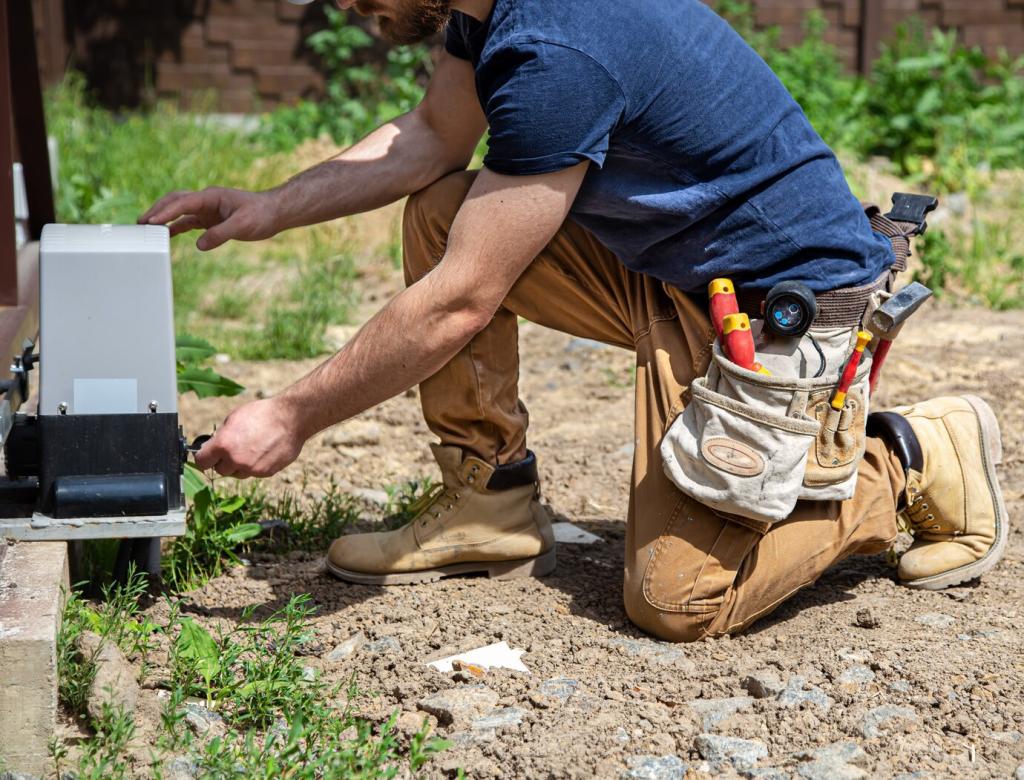Measure, Plan, and Save: Audits, Rebates, and Community Wisdom
An energy audit with blower door testing reveals leakage paths you can actually fix. Infrared imaging shows missing insulation and thermal bridges. Capture before-and-after photos, then tell us what surprised you most to help others avoid the same mistakes.
Measure, Plan, and Save: Audits, Rebates, and Community Wisdom
Utilities and governments often subsidize insulation, air sealing, and heat pump retrofits. Check local programs, tax credits, and code compliance pathways. Subscribe for our upcoming checklist by climate zone to make sure you claim every available incentive.




